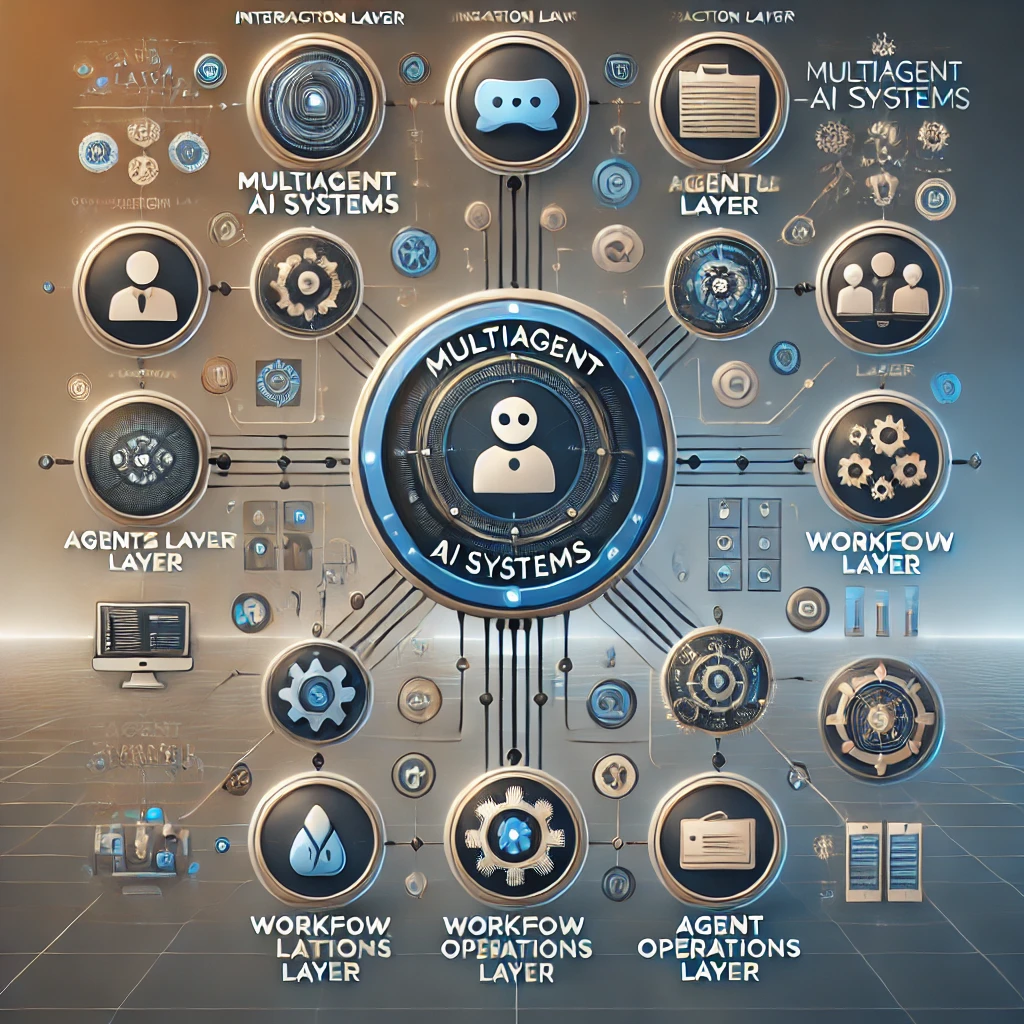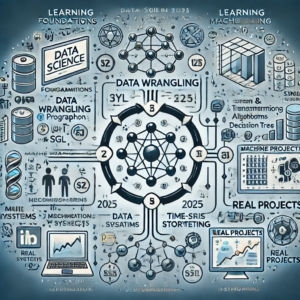The rapid advancements in Generative AI (GenAI) have transformed industries and unlocked new opportunities. Yet, the journey is far from over. The emergence of AI agents and multiagent AI systems marks a significant milestone, enabling organizations to overcome traditional AI limitations and embrace adaptive, cognitive processes for innovative outcomes. Deloitte’s latest report, The Cognitive Leap: How to Reimagine Work with AI Agents, dives deep into these transformative technologies, offering insights and strategies to harness their full potential.
From GenAI to Multiagent AI Systems
While standalone GenAI models brought immense value to specific tasks, they often fell short in handling complex, multi-step workflows. Early use cases highlighted issues such as hallucinations, bias, and the need for continuous human oversight. Enter multiagent AI systems, which go beyond isolated tasks to collaboratively plan, reason, and execute workflows across diverse business processes.
Multiagent systems enable:
- Adaptive task execution through collaboration among specialized agents.
- Transformation of traditional processes into cognitive workflows.
- Real-time self-monitoring and continuous improvement.
These systems are not just tools—they are strategic enablers for enterprise-wide innovation.
Principles of AI Agent Design and Management
To build effective AI agents, organizations need to adopt design principles inspired by composable design and human resource management:
- Domain-Driven Approach: Customize agents based on specific domain requirements.
- Role-Based Design: Assign agents roles rather than narrow tasks, reducing redundancy.
- Controlled Access: Limit agent access to essential tools and data to improve efficiency and security.
- Reflective Cycles: Incorporate self-assessment and external feedback for continuous learning and compliance.
The Power of Multiagent AI Systems
The real potential lies in multiagent systems, where agents collaborate to deliver synergistic results. These systems:
- Automate complex, end-to-end processes.
- Comprehend emerging needs, obviating traditional rules-based workflows.
- Continuously improve outputs through self-monitoring.
Principles for Designing Multiagent AI Systems:
- Explainability: Ensure every agent action and decision is transparent.
- Composable Design: Integrate best-of-breed components into a unified system.
- Human in the Loop: Involve humans to validate and enhance agent outputs.
- Dynamic Data Patterns: Enable seamless data flow between agents and repositories.
- Ecosystem Integration: Design systems to work with existing processes and APIs.
- Ethical Considerations: Regularly assess AI outputs to ensure they align with societal and organizational values.
Scaling Multiagent AI: A Reference Architecture
Scaling multiagent systems requires a reference architecture comprising key layers:
- Interaction Layer: Facilitates user and system interactions.
- Agents Layer: Houses role-specific agents equipped with language models, tools, and memory.
- Workflow Layer: Orchestrates efficient task execution with governance guardrails.
- Agent Operations Layer: Monitors and ensures agents meet performance objectives.
This architecture enables reuse, interoperability, and rapid adaptation across use cases, laying a solid foundation for enterprise-scale transformation.
Real-World Applications
Multiagent AI systems can revolutionize various industries:
- IT Support: Automate incident resolution with minimal human involvement.
- Finance: Enhance customer service with personalized financial advisory agents.
- Healthcare: Streamline diagnostic workflows and improve patient outcomes.
Making the Cognitive Leap
Organizations that adopt systematic approaches to multiagent AI system design can achieve exponential transformation. By aligning with foundational principles, embracing reusable architectures, and embedding robust governance, businesses can scale AI capabilities while maintaining trust and transparency.
The cognitive leap is not just about solving problems—it’s about reimagining how work gets done. Are you ready to leap?
For more insights, read the full Deloitte report: The Cognitive Leap: How to Reimagine Work with AI Agents. Let me know if you’d like further refinements or visual content to complement this blog!






Be First to Comment